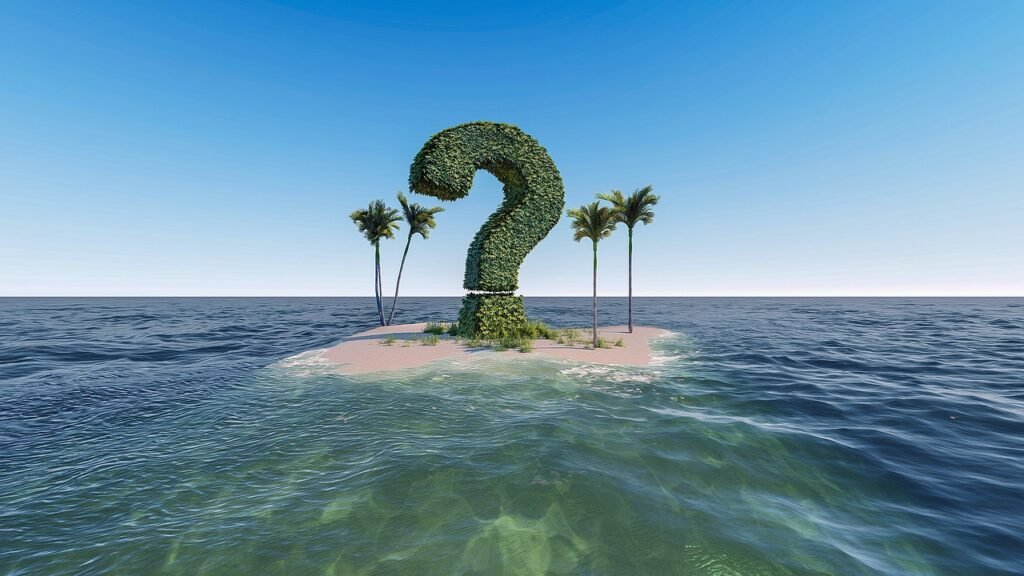There are several common faults that can occur in the operation of a drip irrigation system. Here are some examples:
- Clogging: Clogging is a common problem in drip irrigation systems and occurs when dirt, debris, or other materials accumulate in the tubing, emitters, or filters. This can result in reduced water flow, uneven watering, and ultimately, damage to the plants.
- Leakage: Leakage can occur when there are cracks or holes in the tubing, emitters, or fittings. This can lead to water waste, uneven watering, and ultimately, damage to the plants.
- Uneven watering: Uneven watering can occur when there are variations in the water pressure or flow rate, or when the emitters are not properly spaced. This can lead to overwatering in some areas and underwatering in others, which can damage the plants.
- Pressure problems: Pressure problems can occur when the water pressure is too high or too low. High pressure can cause the tubing to burst or the emitters to blow out, while low pressure can result in uneven watering and reduced water flow.
- Poor maintenance: Poor maintenance can lead to a variety of problems, including clogging, leakage, and uneven watering. Regular maintenance, such as cleaning filters and emitters, checking for leaks, and ensuring proper spacing, is important to prevent these issues from occurring.
By being aware of these common faults and taking steps to prevent or address them, drip irrigation systems can operate more effectively, delivering water efficiently and promoting healthy plant growth.


